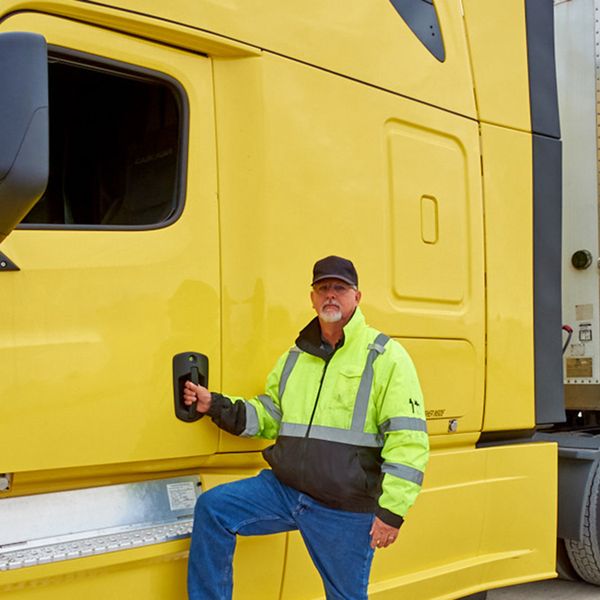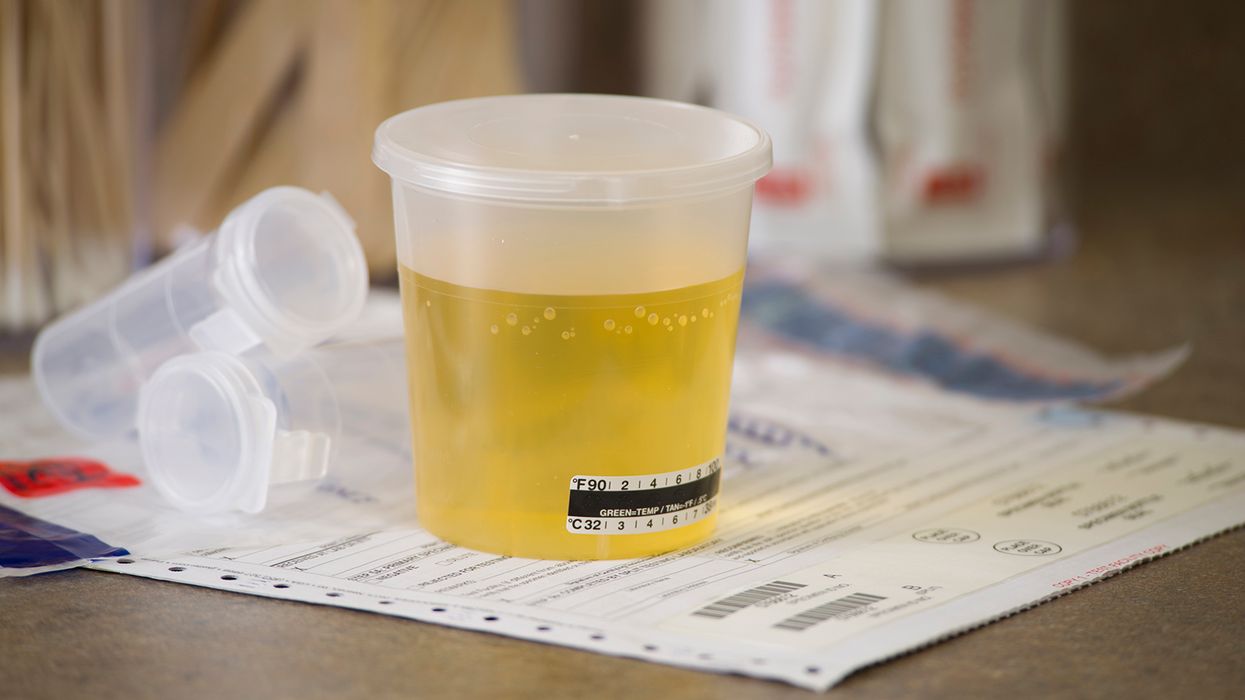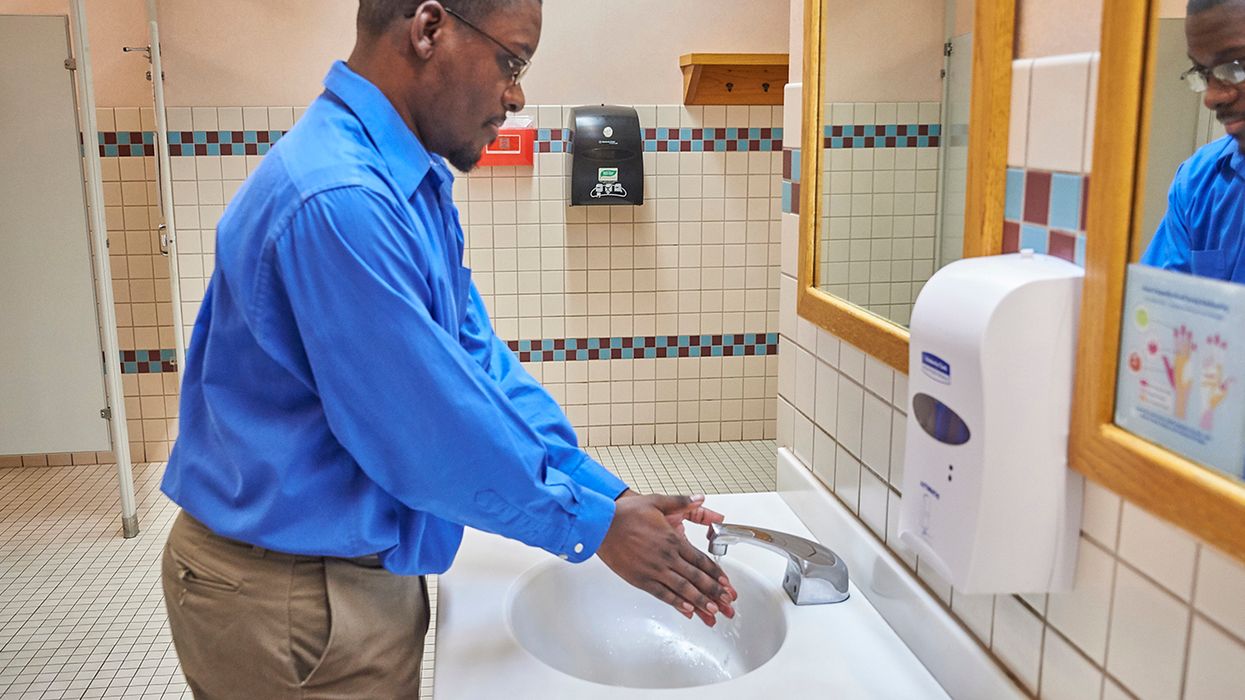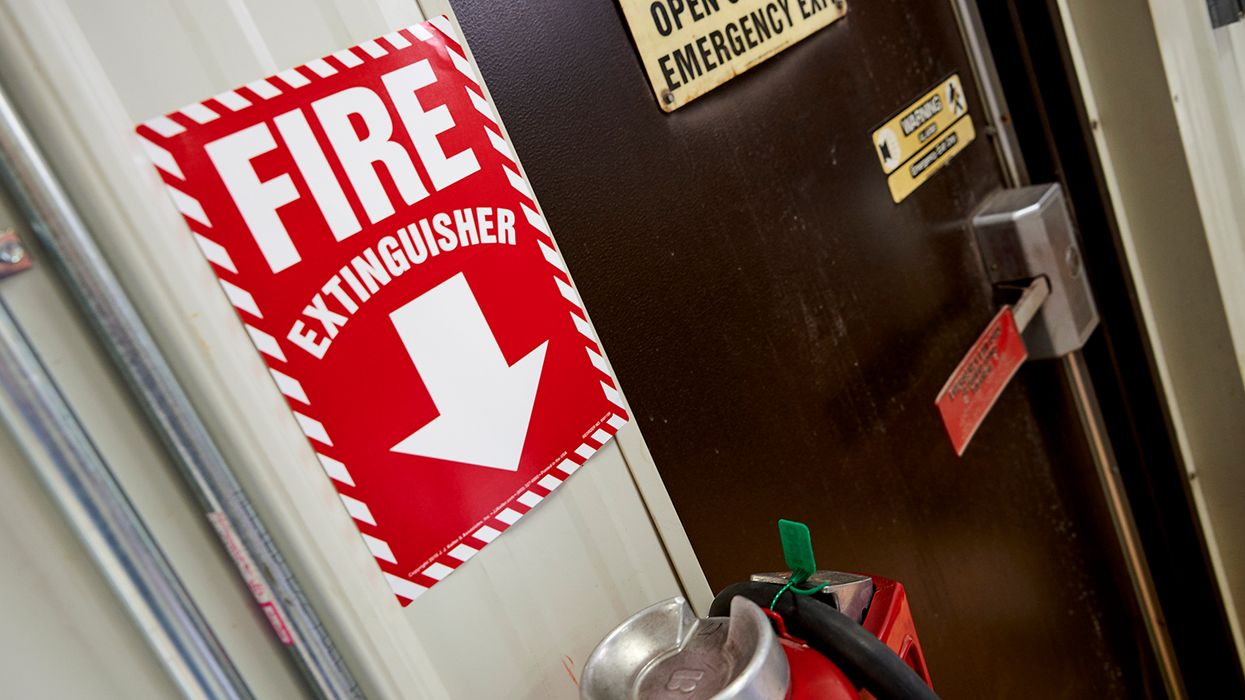Weighing the risks and costs of using drivers under 21
If you jump through certain hoops, the FMCSA will now allow you to use drivers under 21 years of age to operate commercial trucks across state lines, but should you? Most states already allow 18-year-old drivers to operate within their borders, but a new federal program will let them engage in interstate commerce — under strict conditions.
Motor carriers that wish to participate must first set up a formal apprenticeship program, apply with the FMCSA, and adhere to stringent guidelines.
The three-year pilot program should encourage more people to consider trucking careers and help ease a shortage of new drivers, but safety advocates warn it could lead to more crashes.
Weighing the options
Before participating in the program, you’ll need to decide if its benefits outweigh the costs. Participants must:
- Have a clean safety record, a crash rate below the national average, proper operating authority, and proper insurance coverage;
- Register with the Department of Labor, at www.apprenticeship.gov;
- Equip one or more trucks with the right safety equipment, including an automatic transmission, an active braking collision mitigation system, forward-facing and driver-facing cameras, and a governed speed of 65 mph at the pedal and under adaptive cruise;
- Apply with the FMCSA, at www.fmcsa.dot.gov/safedriver; and
- Verify that participating drivers have a clean driving record and valid CDL (which means they already went through the FMCSA’s mandatory entry-level driver training program).
More hoops arrive once your apprenticeship program starts. You’ll need to put each apprentice through 400 hours of “probation” (including 240 hours of driving while accompanied by an experienced driver), track their progress on specific skills, and submit monthly data to the FMCSA.
Following these strict requirements is vital because inexperienced drivers come with inherent risks. Having an apprenticeship program does not offer legal protection against negligence claims, so you may want to check with your insurance company and legal counsel before starting to use young drivers.
Young drivers’ expectations
Whether you participate in the FMCSA’s pilot program or not, you can consider drivers under 21 years old for in-state-only operations in most states. But is your company appealing to Generation Z? A recent study from the American Transportation Research Institute (ATRI) highlights things to consider when hiring young drivers:
- Offer competitive wages but know that pay isn’t everything. You need to offer a stable career path and good work/life balance.
- Be transparent about your expectations for the job. Consider filming “day in the life” videos to convey a sense of what the job is really like.
- Company culture is important. Make sure managers are supportive and make room for casual social interaction among employees.
- Develop a solid orientation, training, and mentorship program that prepares drivers for a career in trucking. Provide good mentors and trainers who understand younger drivers’ perspectives and offer training on other job skills besides driving. For those without a CDL, help them navigate (and pay for) the FMCSA’s entry-level driver training.
- Increase engagement by offering multiple ways for drivers to communicate their ideas and concerns and take those ideas and concerns seriously.
- Be flexible with driver scheduling.
Key to remember: A new federal program allows motor carriers to use CDL-holding drivers under 21 years of age to operate commercial vehicles across state lines. The use of younger drivers, however, requires careful planning and consideration.















































